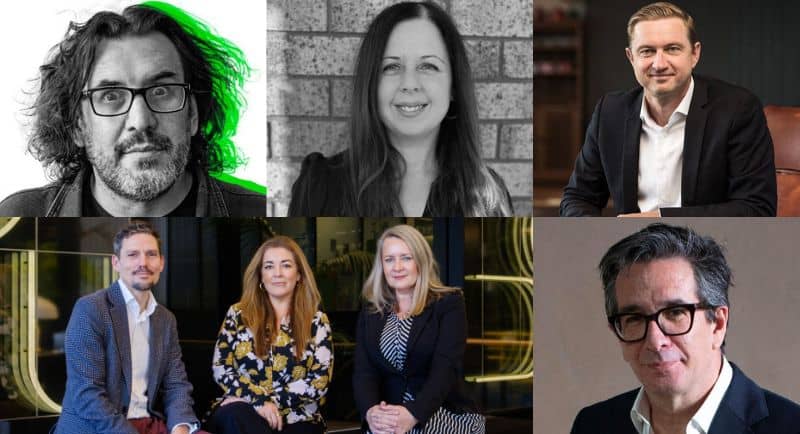Media and creative agencies work hand-in-hand to create memorable campaigns that build brands. But what goes into making these relationships work, and what makes them tense or precarious?
James Dixon, Atomic 212°’s chief digital officer, told Mediaweek: “It’s certainly got better. We’re all trying to figure out what media is: paid, earned and owned, and what integration is.
“The whole media landscape evolves dynamically, and seeing TikTok emerge as a predominant channel in the last 12 months requires a different creative set of thinking.”
He noted that, as a media agency, Atomic 212° values openness, collaboration, trust, innovation, and joint effort in returning to clients.
“Clients love that,” he said. “Without needing to think about any friction, they see a united solution.”
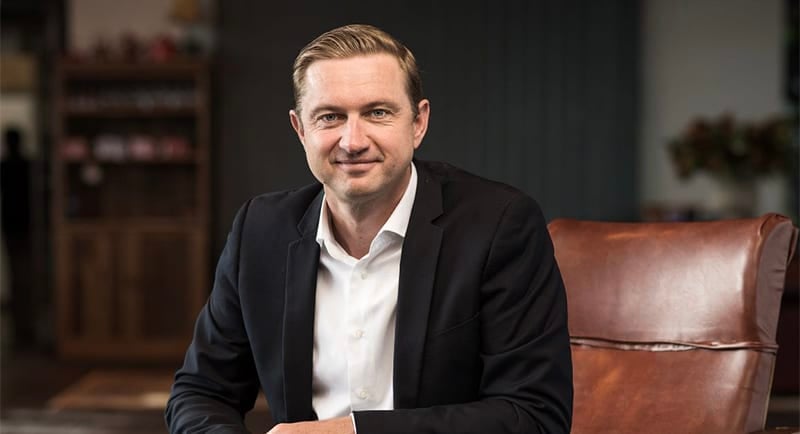
James Dixon
‘We didn’t miss the momentum’
Such a level of simpatico was demonstrated when Thinkerbell and UM teamed up earlier this year for a tongue-in-cheek campaign welcoming Taylor Swift‘s NFL star boyfriend Travis Kelce, fresh off his Super Bowl LVIII win, to Sydney.
Adam Ferrier, founder of full-service indie Thinkerbell, told Mediaweek that while media and creative thinking “have been artificially divorced by the industry” and it is “not that hard to make them work together.”
“At the end of the day, it’s not that different. There is no genuine divide between the media and creators of most ideas.”
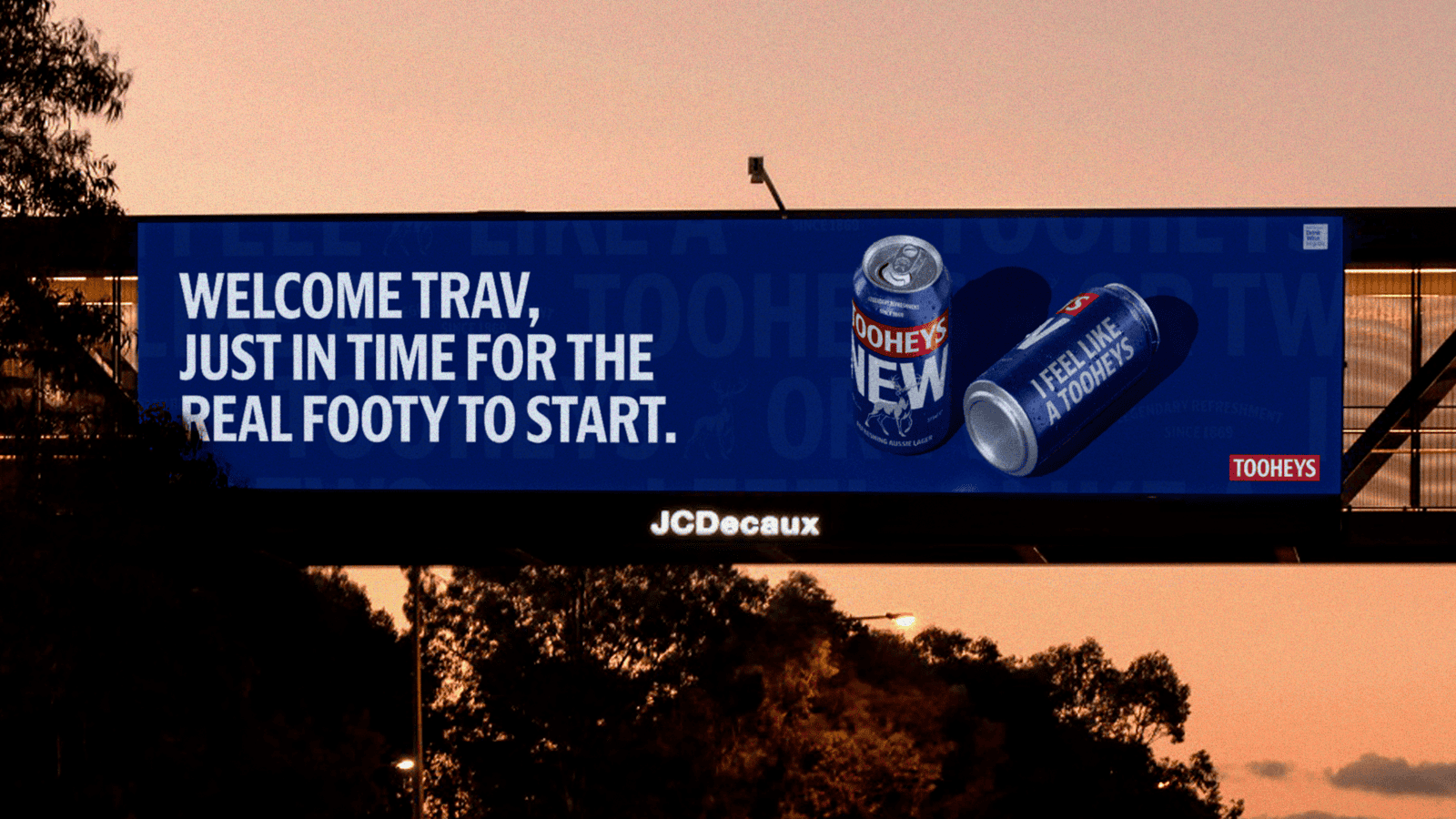
Ferrier said the campaign came together within a day via a WhatsApp group chat between the creative agency, media agency partner UM, and client Lion.
Using WhatsApp meant an idea shared in the group chat was discussed openly and built on in a “rapid-fire way”, allowing it to iterate, be approved, and go live quickly.
Tania Carr, group director at UM Worldwide, agreed that both UM and Thinkerbell had big ambitions to drive the cultural conversation on Lion’s behalf.
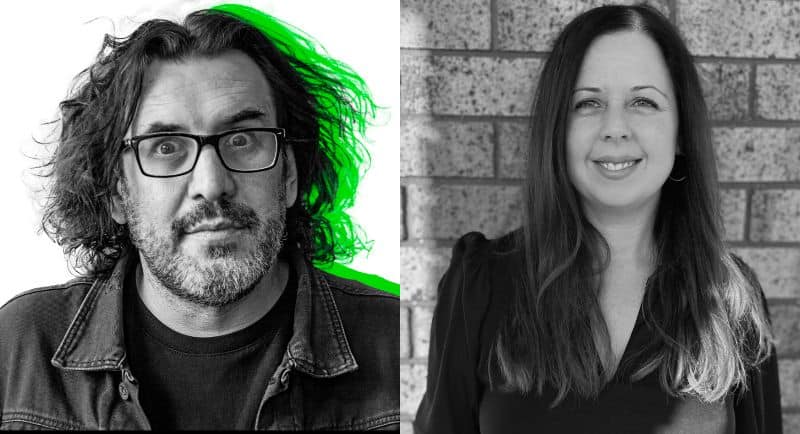
Adam Ferrier and Tania Carr
Carr highlighted UM’s strong relationship with Thinkerbell and the common goal of creating talkability amid a significant cultural moment.
“With Travis being an NFL player over in the States and us being so ingrained with NRL here, we found it was a very natural synergy for us to be part of that conversation,” she said.
One of the initial challenges faced by UM was securing a site near Accor Stadium – where Swift was performing in Homebush – within 24 hours that was available, within budget, and approved by Lion, all in time for Kelce’s arrival in Sydney.
“We had to pivot a little, and what we did was identify and leverage the two large-format out-of-home sites that were relevant and already existed in our plans.”
Quick decisions and adjustments were made to the creative and strategy, but the whole team “pushed through and found alternatives that satisfied the need and made everyone quite happy. We didn’t miss the momentum, which was important.”
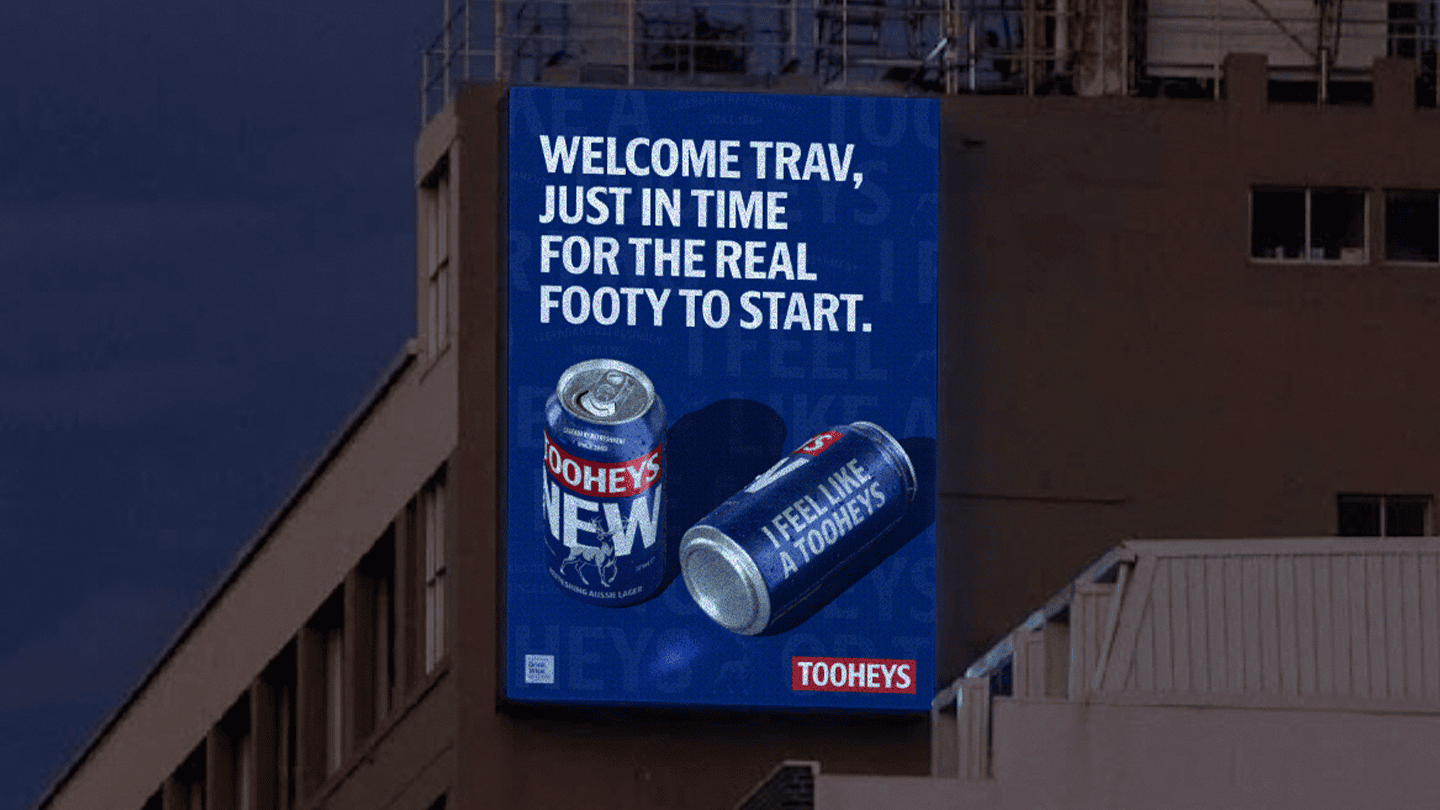
Ferrier noted that because Thinkerbell can do both creative and media work, as a creative partner on this campaign, the team understood what its media counterpart needed.
Conversely, Ferrier said creative partners appreciate when media agencies have a good contextual and tech understanding, alignment around the idea and intent, bring new innovations to the table, and have trusted relationships throughout the organisation.
For Carr, the campaign has proven the value of spontaneous campaigns and agility, while focusing on future planning.
“We are trying to carve out some foresight of how we best show up for these and what brands would be most relevant for us to connect to those moments,“ she added.
Looking back at the Toohey’s campaigns rapid journey, Ferrier noted that there were no major pressure points because of the open and collaborative relationship between Thinkerbell and UM, along with aligned KPIs.
He explained that having creative and media agencies and client team in the group chat meant there was “no place to hide” in sharing ideas.
“You chuck an idea out there you discuss it openly and people build on it. The context of the idea, the content, the practicalities of the idea get thought about all in a transparent, rapid fire way. So it work for instantaneous topical ideas.”
‘Optimised by leaning on each other’
Publicis Groupe’s media agency Spark Foundry and creative agency Saatchi & Saatchi teamed up as part of The Neighbourhood, the holding company’s ‘Power of One’ agency for Arnott’s, to create the Life’s Little Moments campaign.
The campaign, featuring Dragon’s 1978 hit Still In Love With You, won at the 2023 Australian Effie Awards, taking home the Grand Effie, gold in the food and beverage category, and Silver for ROI.
Toby Aldred, managing director of Saatchi & Saatchi Australia and chief client officer of The Neighbourhood, told Mediaweek the solution “lives and breathes the open-door philosophy“, and people lean into each other’s expertise.
He said such a working culture challenges people to avoid becoming set in their ways.
Publicis Groupe ANZ’s chief media officer and CEO of Spark Foundry AUNZ Imogen Hewitt agreed. There are fundamentals to the creative and media agency relationship to ensure ease of operations and collective understanding.
“When you get that cultural level of understanding, you become less precious about who did what and much more interested in, ‘How did we all get there and make one another better in the way that we delivered?‘ That’s the thing that you can’t do with process alone.
“That must be driven by intent and passion for the way we work, as well as our understanding of the client and alignment on goals.”
She explained that, as an integrated model, everyone on the team is also part of a lead agency, wherever they are in the Groupe.
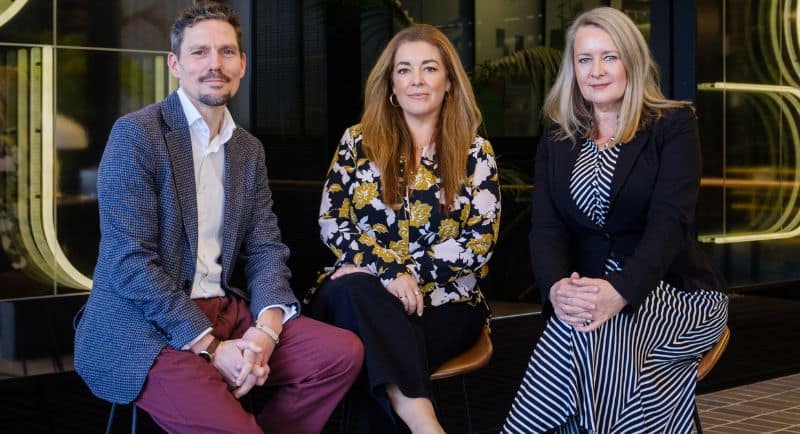
Toby Aldred, Imogen Hewitt, and Jenni Dill, chief marketing officer of Arnott’s Group
“They get all the benefits and the training as well as the breadth and exposure to different categories from these agencies. Which, oftentimes, if you only work in a bespoke model, you don’t have enough visibility on what’s going on outside of your very narrow remit.”
Aldred said clearly defined goals and roles in the Arnott’s work minimises tension points. Both media and creative “were optimised by leaning on each other.”
However, Hewitt pointed out that little bits of tension can lead to “interesting“ results when different disciplines are present in the room.
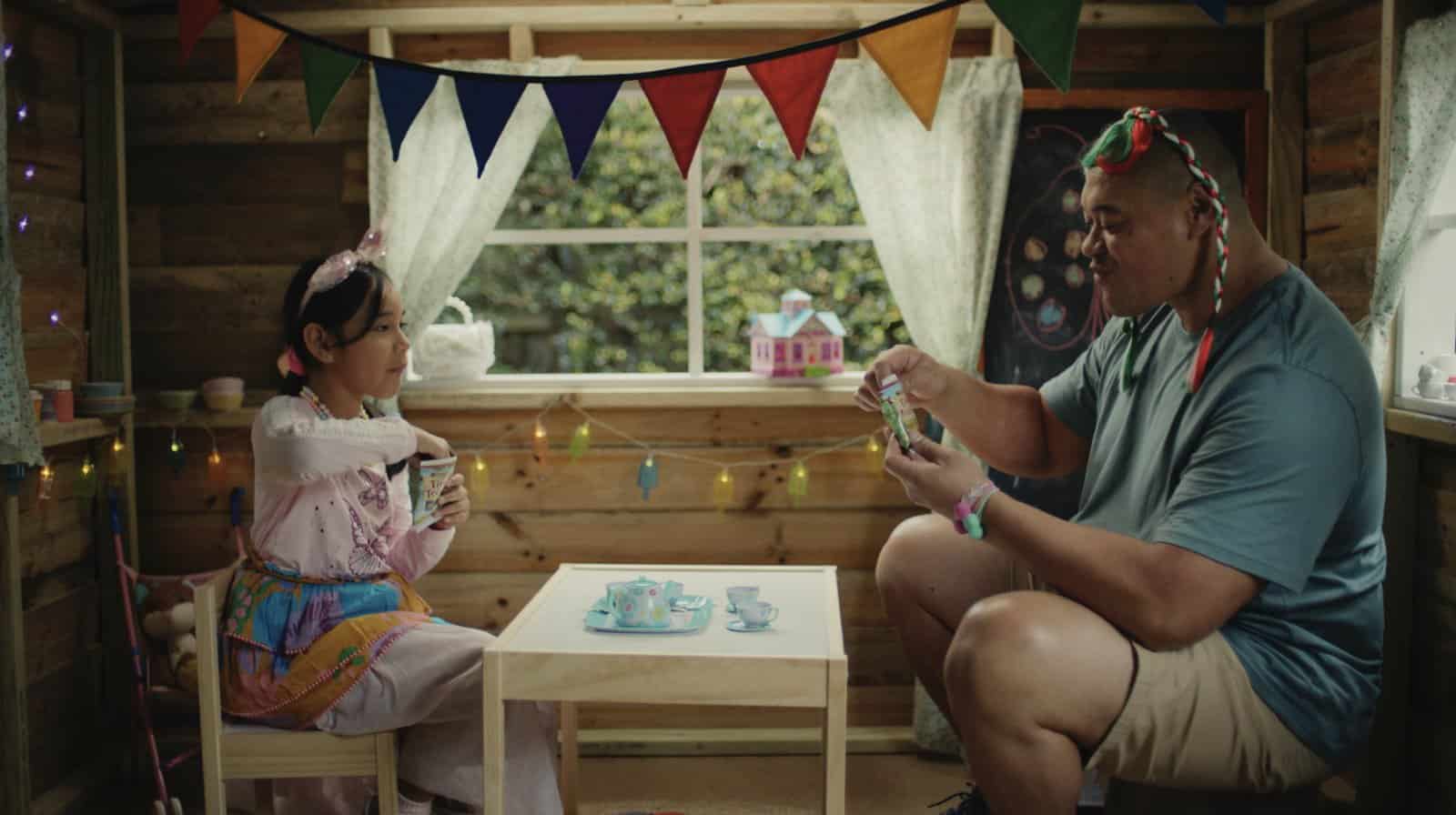
“When they come together and don’t necessarily align or agree automatically, you’re probably going to arrive at a better place than where you started by having that debate.”
In the case of the Arnott’s campaign and the Publicis Groupe agencies, Hewitt said: “Everyone’s going to learn something out of those conversations, which will make their jobs and the work better.”
‘One is not more important than the other’
Darren Woolley, Trinity P3 founder and CEO, told Mediaweek that factors such as time pressures and laziness can result in missed opportunities between media and creative agencies.
“Usually, that’s when you have something like the media and creative taking an opportunity in news or culture, like when Taylor Swift’s boyfriend came to Australia or when the Rugby World Cup when Fiji won, which meant Australia didn’t make the finals. Suddenly, there’s a double-page colour spread in the newspapers.”
Woolley said that such amazing results between media and creative agencies are achieved when there is “an opportunity to put content in the right place in the right environment, in front of the audience when they’re most receptive.”
“So, when you do see it working really well, it absolutely stands out,” he said.
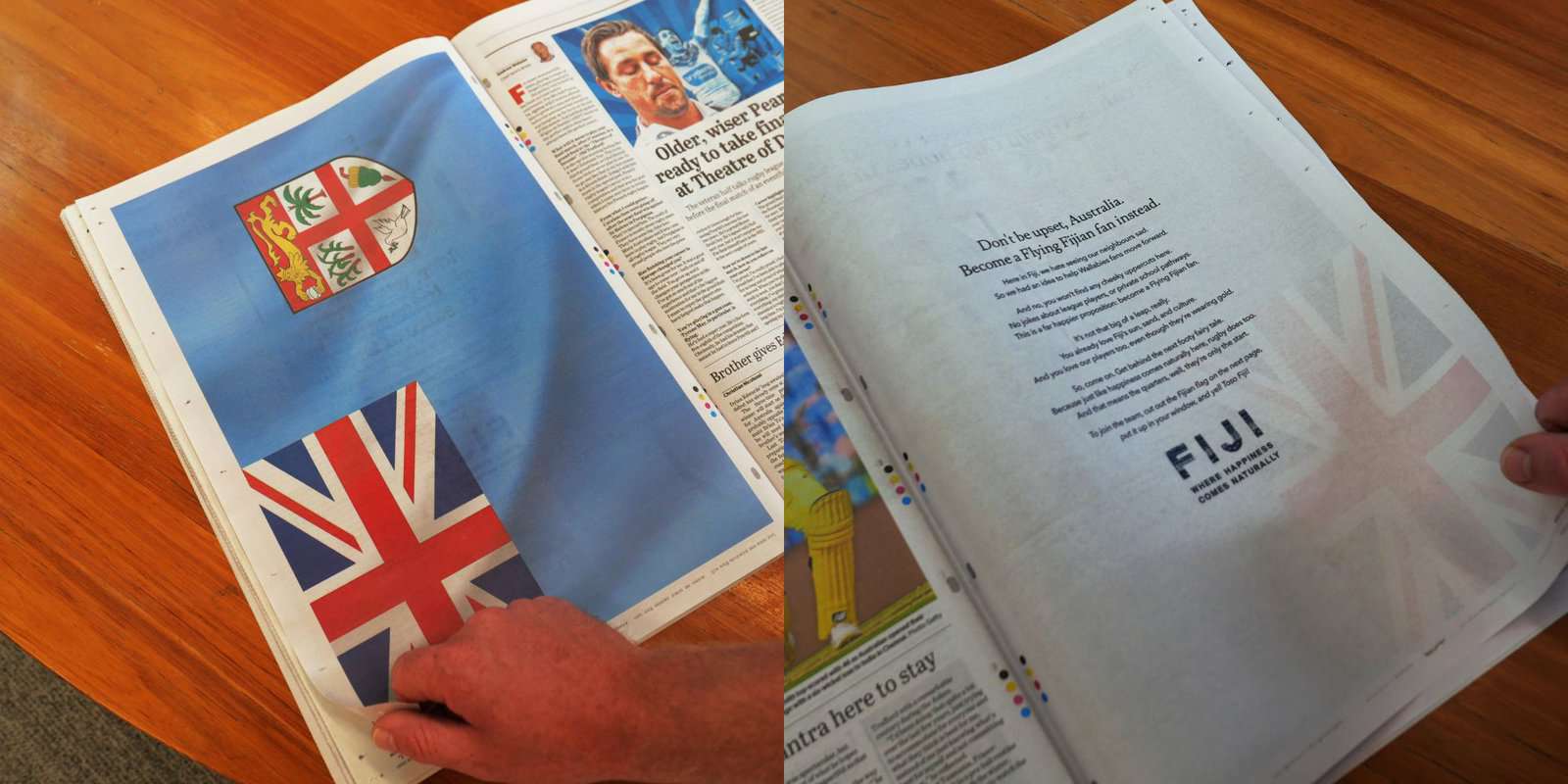
Letter to all Wallabies Fans – Havas Village (Havas, Havas Media and Havas Red) and Tourism Fiji
Ferrier added that Thinkerbell’s previous collaborations with media agency partners have been “nearly always a positive experience” and the key good relationships involve “transparent, quick, non-hierarchical communications.”
For this to happen, he said siloed disciplines within agencies need to be broken down. “The easiest way for all that to go away is just to have one transparent, open communications group – whether it be WhatsApp or any other thing – but everyone needs to be able to see the communication that happens real time.”
Recent agency and agency model launches emphasise the desire for silos to be squashed. Last week, Honda appointed Howatson+Co as its sole agency to work hand-in-hand with a new in-house agency.
And bespoke agencies like Smith St for Coles – an Omnicom-led solution comprising DDB, OMD, and Deloitte – and +61 for Telstra – TBWA, OMD, and Bear Meets Eagle on Fire – bring media and creative practitioners together in the same model, and the same building.
Woolley said ensuring media and creativity sit closely together is marketers’ responsibility.
“[Marketers] need to encourage that close level of collaboration, whether media is part of the creative team, or a separate company, or even a separate holding company. The marketers need to drive that.”
That requires marketers briefing media and creative simultaneously. “One is not more important than the other. There’s no point having media without the right content, and likewise, there’s no point having content without being seen in the right media.”
–
Top image: Top – Adam Ferrier, Tania Carr and James Dixon.
Bottom – Toby Aldred, Imogen Hewitt, Jenni Dill and Darren Woolley.
